Adventure and risk seemingly go hand and hand, with the traditional definition of adventure summoning visions of precarious climbs and daring crossings. The fastest, the highest, the furthest. But just how far are people willing to go for an adventure? And how do you know when to stop?
Although the definition of adventure is not a concrete one, for Eric Brymer — a senior lecturer at Southern Cross University who specialises in the psychology of adventure and extreme sports — it does include some core components. You’re outside in nature, there is an element of fear, and also an element of wanting to realise your capacity.
“You can also think about Maslow’s triangle of needs,” says Eric. “We’ve done a good job of designing our environments based on our basic needs, and life is comfortable. But as a result, we have also designed out important aspects of what it means to be human. So this thing we call ‘adventure’ is actually really allowing us to become closer to experiencing the fundamental elements of what it means to be human.”
Eric uses an analogy of a tiger in a cage; when you open the door for the first time, just stepping out is an adventure, but as the tiger builds confidence, its need and desire to roam further and to explore more grows.
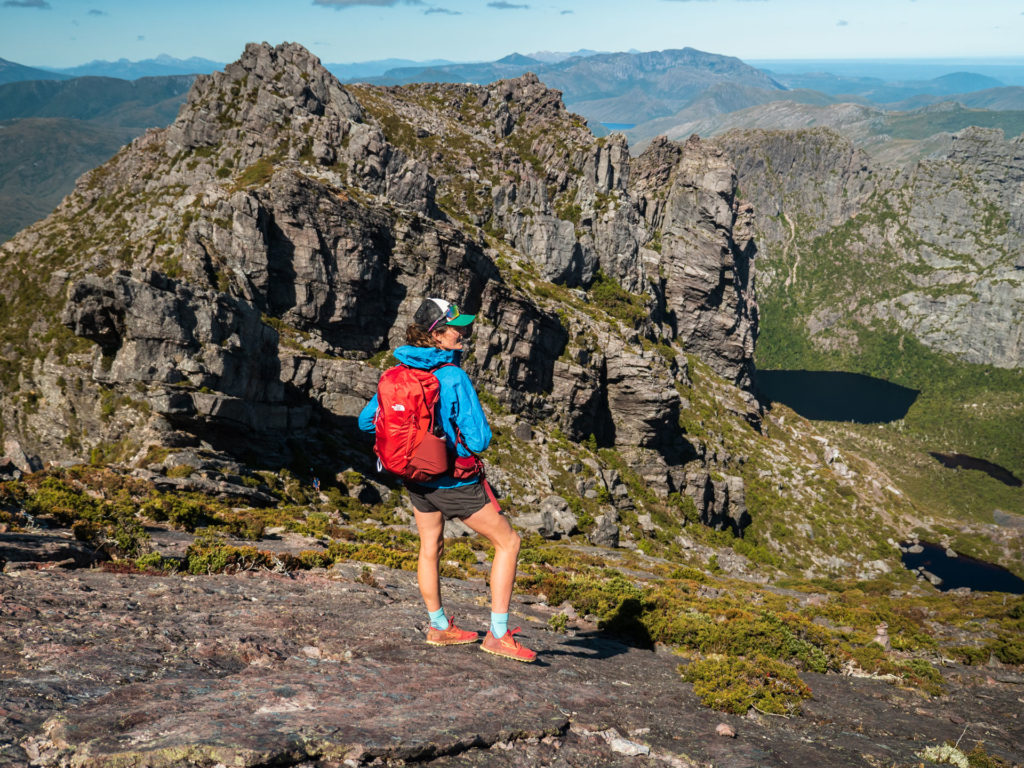
Milly Young, 31, from Hobart in Tasmania, was a North Face Adventure Grant winner in 2021 and challenged herself to set the fastest known time to run through the heart of Tasmania’s Southwest from Scotts Peak Dam to Cockle Creek along the South Coast and Port Davey Tracks. A total of 180km.
“…I wanted to push myself to my limits, in a remote, wild and beautiful place.”
Milly young
The reasons for undertaking such a gruelling adventure are much aligned with Eric’s research. “It was all about connection,” explains Milly. “Connection with nature and with myself. In a nutshell, I wanted to push myself to my limits, in a remote, wild and beautiful place.”
Delving deeper, Milly was driven by a deep desire to throw herself at the mercy of nature, somewhere where there was no easy escape and an exceptionally high level of self-sufficiency was required.
“Running is the perfect canvas for self-discovery,” says Milly. “In any endurance sport, when you get beyond extreme fatigue, you have an opportunity to dig deep and find strength that you didn’t know you had because you’ve never gone that far before.”
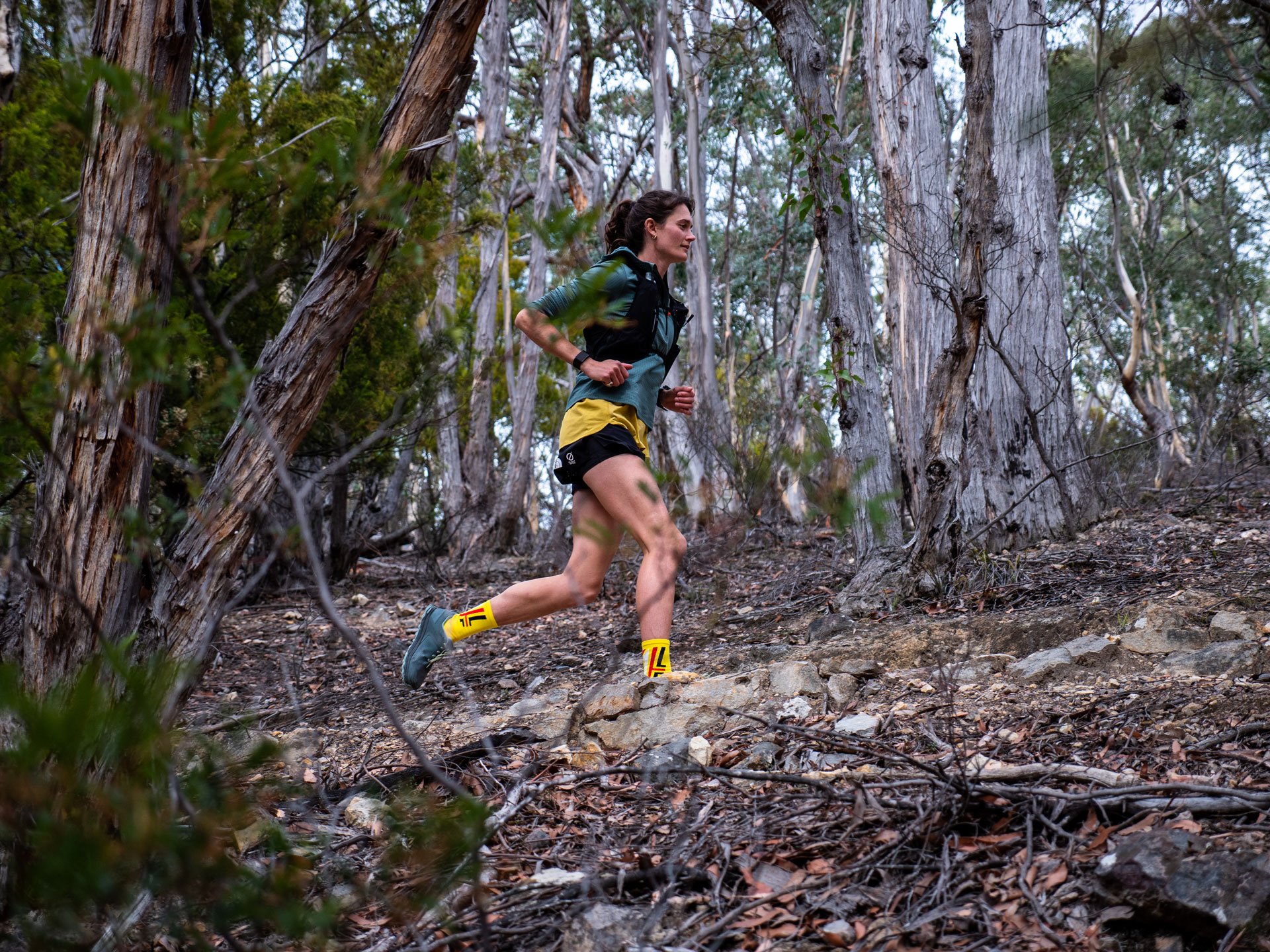
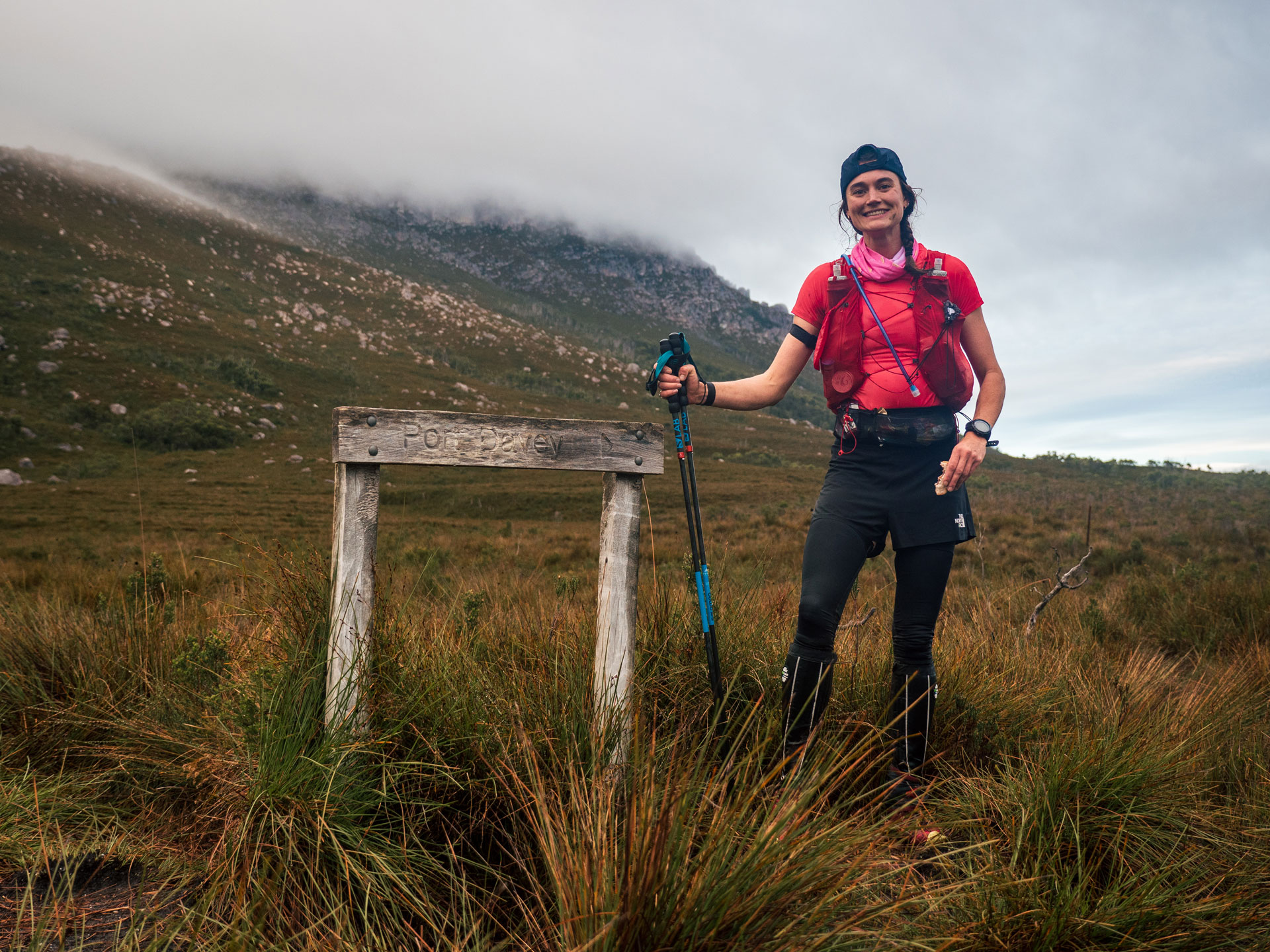
Given the remoteness, the condition of the track, and the potential for rapidly changing weather conditions, there were a lot of risks involved. Milly has also suffered from seizures her whole life, often triggered by lack of sleep, pain and other stressors.
“Before I set out, I conducted a scenario analysis for a bunch of things that could go wrong and how I might manage them.”
Milly Young
Setting out to run for 30+ hours straight, she knew she needed to be aware of her brain state and monitor for any signs of deterioration. Other things Milly planned for included major injuries, hyponatremia, and snake bites.
“Before I set out, I conducted a scenario analysis for a bunch of things that could go wrong and how I might manage them,” she says. “What that looked like was a list of risks and a plan for how to deal with them if they arose. Basically, if anything went drastically wrong there were two options: walkout or call for a rescue helicopter.”
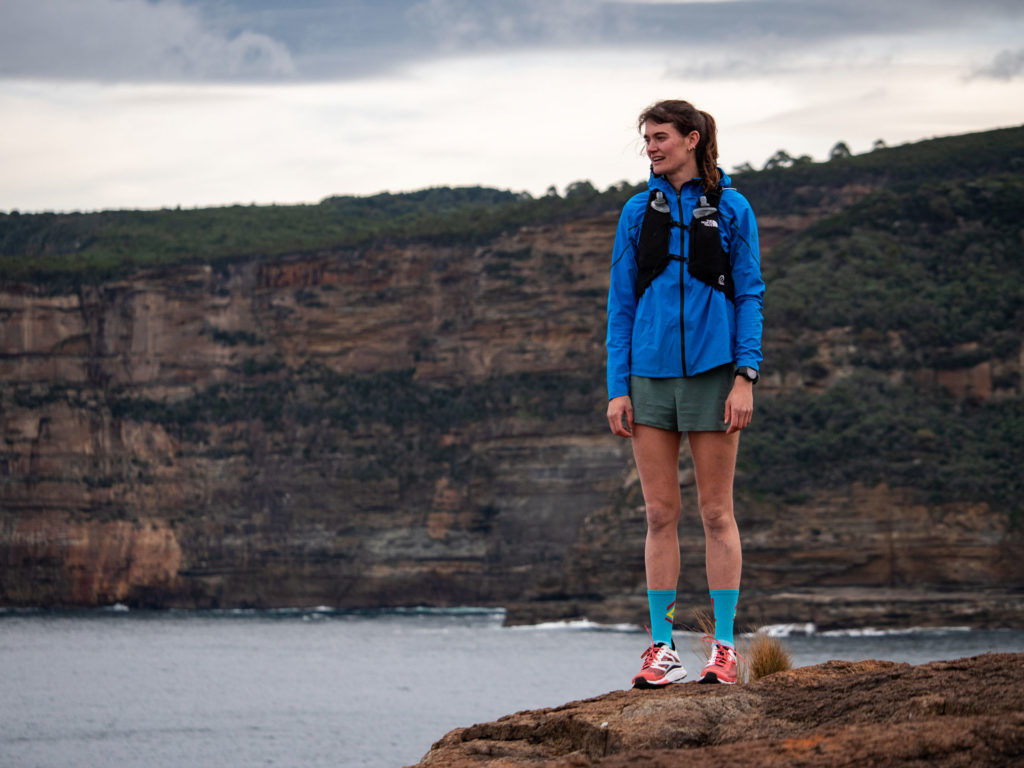
But sometimes, despite all the planning in the world, the desire to conquer — to complete a challenge — comes first, even if the adventure has become too risky. Everest is perhaps the epitome of the blurry line, with a once-in-a-lifetime achievement at stake. In 2019 alone, 19 people died summiting Mt Everest, often due to a rush to climb the mountain during a short window of suitable weather.
New rules were brought in by the Nepalese Government following this, including the need for climbers to submit proof of having scaled at least one 6,500m peak in Nepal, a certificate of good health, and that all guides need three years of experience in high altitude climbs.
Critics say the rules are easy to forge and won’t stop the deluge of inexperienced climbers putting their lives at risk (and the lives of their guides and porters).
There’s no denying that there is a strong cultural association with adventure being risky, but this stereotype has been commonly debunked by Eric and other researchers.
“Perhaps another fundamental element of adventure is this capacity to become a little bit more attuned to your environment…”
Dr Eric Brymer
“I would say most true adventurers — those for who adventure is a way of life — actually have a very sensible attitude to risk,” continues Eric. “They work within their comfort zone, pushing it safely. Perhaps another fundamental element of adventure is this capacity to become a little bit more attuned to your environment, to yourself and to understand how to work within that.”
So what warning signs are there that you’re putting your ego ahead of sensible decision making?
“When you get to a level of ignoring your inner voice, pretending you can read the environment, when you really can’t, and not listening to what the internal voice is telling you. That’s the danger zone,” Eric says.
He suggests that this is when you switch from an adventure mindset to a more traditional sporting mindset. “You’re no longer experiencing adventure,” he says. “You’re experiencing competition.”
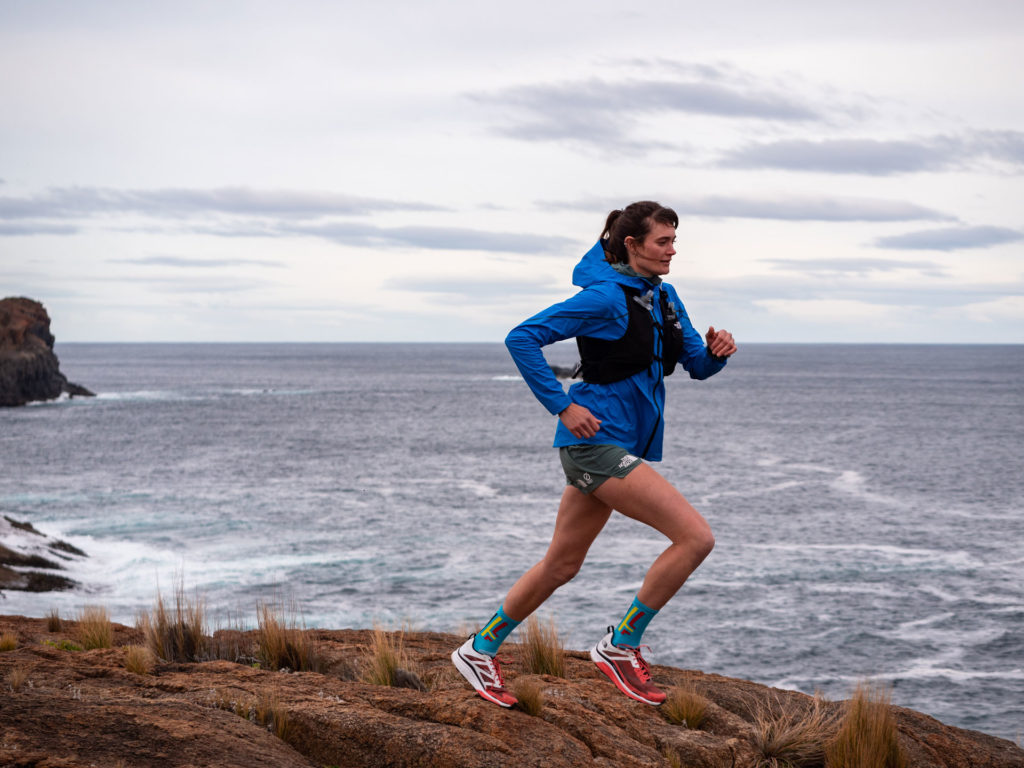
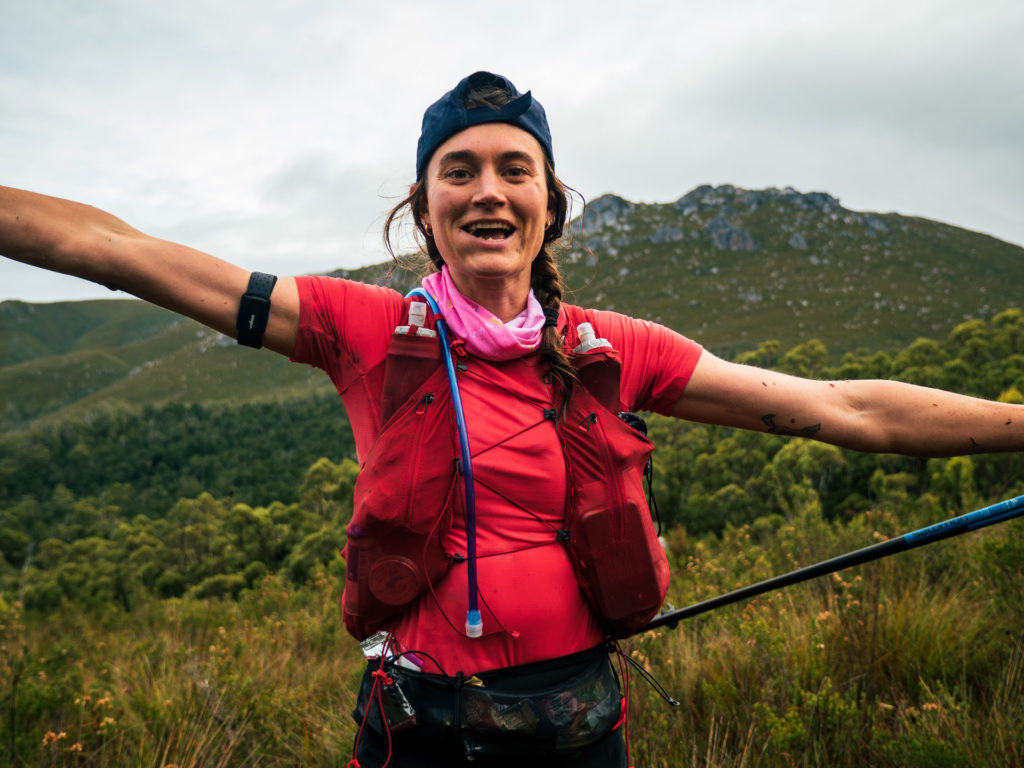
When it comes to this intersection, fear — and how it’s dealt with — plays an important role, with those who ignore fear more likely to take uncalculated risks. “Feeling fear is important in adventure,” says Eric. “But you have to figure out what it’s trying to say to you. Don’t ignore it, pay attention to it.”
Of course, you can have everything planned correctly and do as much risk management as possible but it doesn’t mean that accidents can’t happen. “In the same way you can be fine driving one day and the next day someone smashes into you, the same can be said for extreme environments,” says Eric. “You could have done all the planning and all of a sudden, a polar bear turns up in Africa and decides to bite you.”
“In most adventure scenarios, risks are calculated and prepared for.”
Dr Eric Brymer
On her adventure, Milly ended up tripping on a rock and breaking a toe 40kms from the end. Luckily, it wasn’t enough to have to implement any of the risk management or evacuation strategies that had been carefully put into place “I continued to the finish, albeit hobbling at an extremely slow pace,” she said.
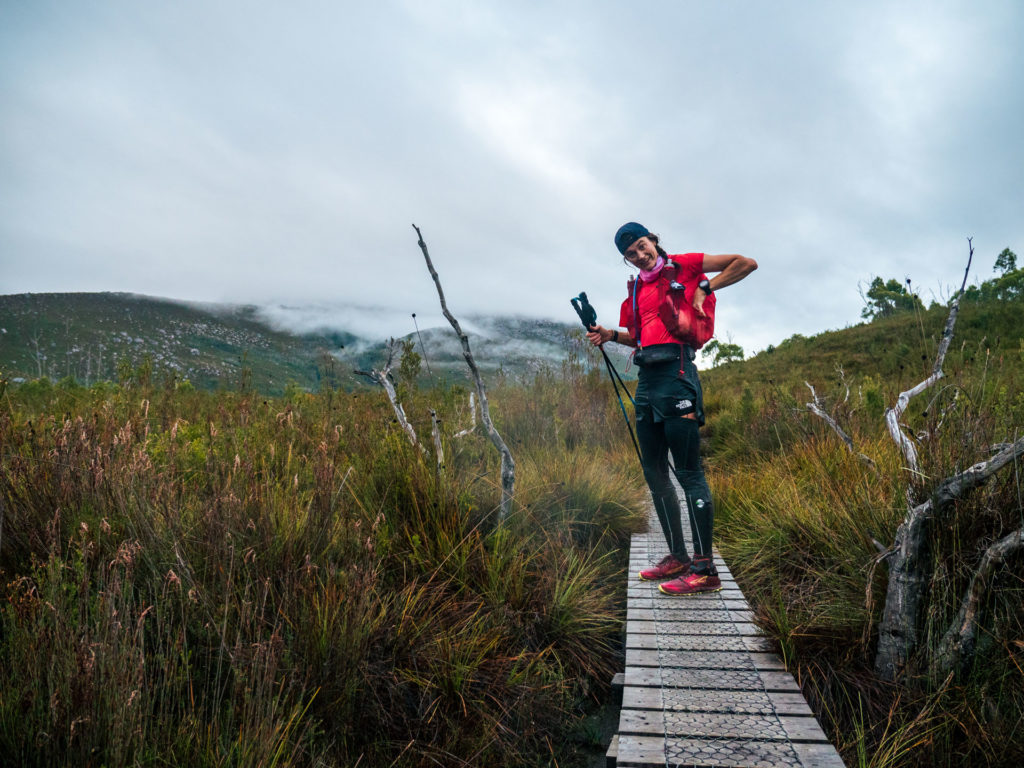
Like Milly, for most adventurers and explorers, risk is something that they know they will face, and they do everything they can to mitigate it. The other option is to not do the very thing that makes them feel alive. And that’s an option that’s simply not worth the risk at all.
“In most adventure scenarios, risks are calculated and prepared for,” concludes Eric. “Perhaps we should be more concerned about the wellbeing of safety-seeking people rather than adventure-seeking ones. Those who sit at home watching TV all day — they’re the ones we should be worried about.”







